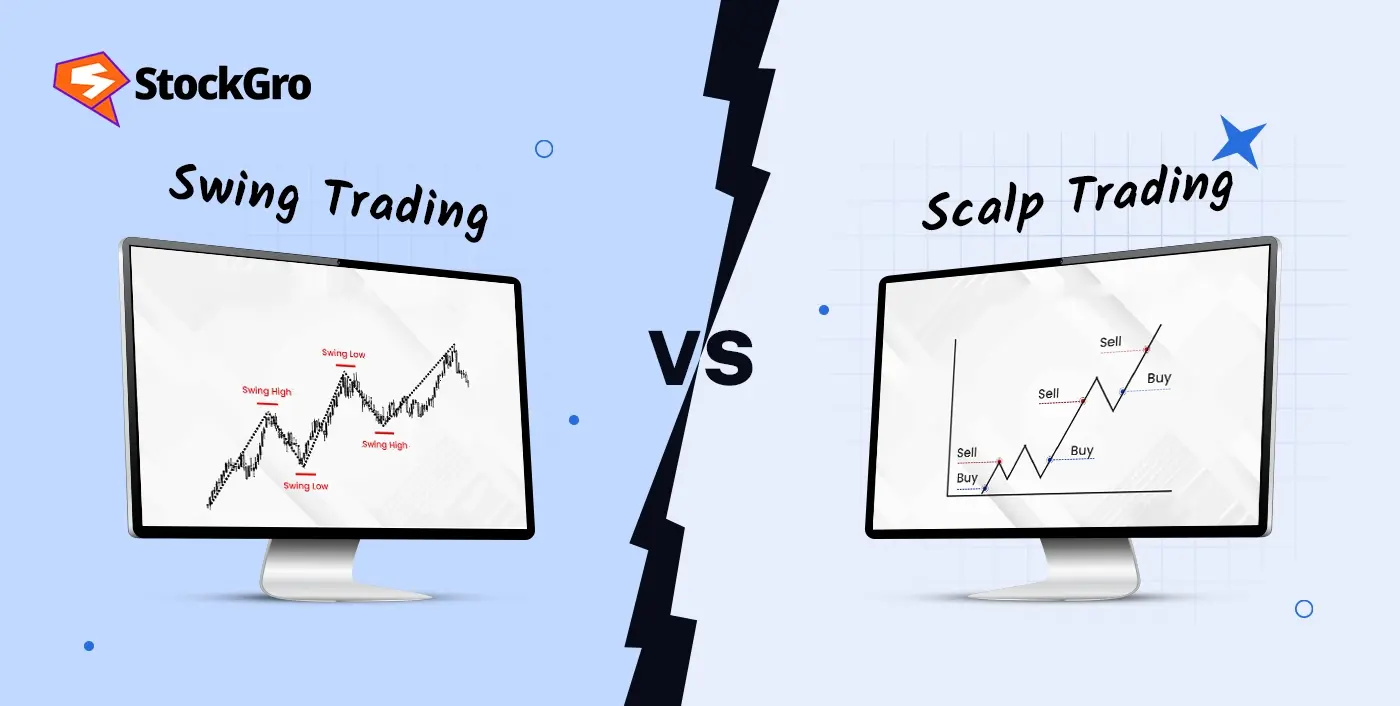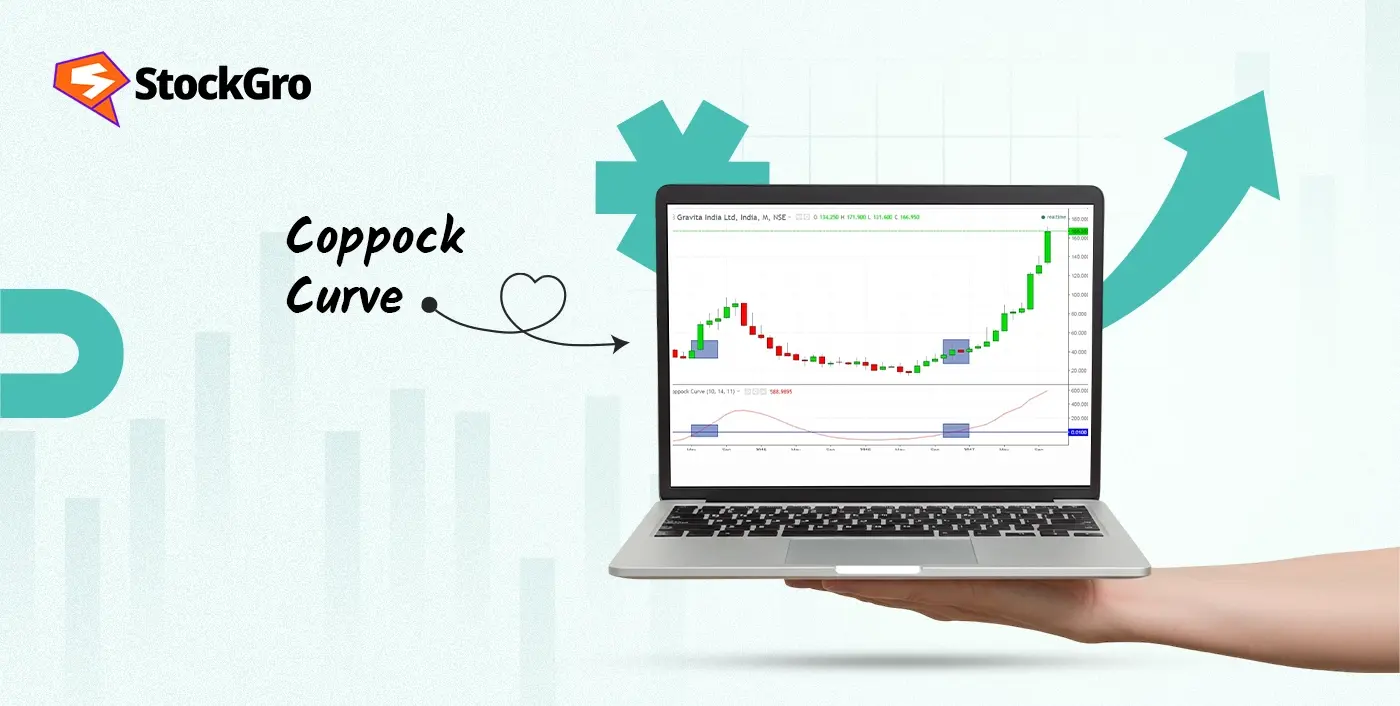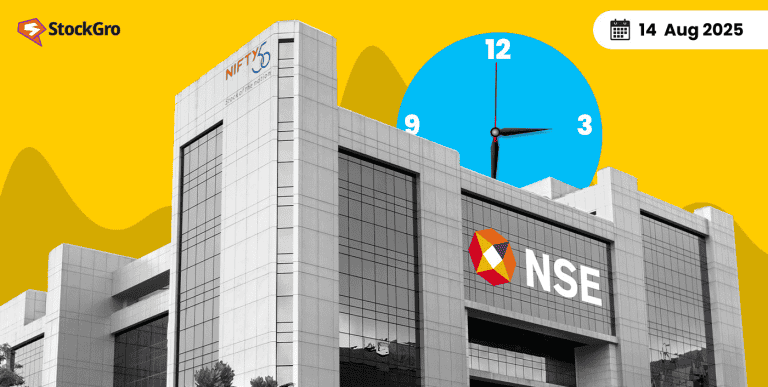
You might have monitored the markets closely as price moves rapidly to make profits with scalping. But if you were identifying trends and holding positions for several days to capitalise on larger price moves, that’s swing trading. Both strategies are practiced, yet they require different mindsets and risk tolerances.
Hence, you must know the details of Scalping vs Swing trading and how they help traders. Let’s see which should be chosen and what are their individual benefits.
What is Scalping in Trading?
Traders using scalping can catch small price changes that happen in just seconds or minutes. They jump in and out of the market quickly, often placing trades in a single day. To make these small price moves count, scalpers trade with bigger position sizes.
What is Swing Trading?
Rather than jumping in and out of trades within minutes, traders doing swing trading hold their positions for several days or weeks. Traders have time to plan their entries and manage their exits. You can use daily or even weekly timelines if you are a swing trader.
Key Differences Between Scalping and Swing Trading
| Feature | Scalping | Swing Trading |
| Trade Duration | Seconds to minutes | Days to weeks |
| Trade Frequency | Very high | Low to medium |
| Profit Target | Small profits per trade | Larger profits per trade |
| Stop-Loss | Very tight to limit losses quickly | Wider to accommodate price swings |
| Risk Level | More because of trade frequency and fast moves | Medium as exposed to overnight risks |
| Time Commitment | Full-time and intense screen time | Part-time or full-time |
| Analysis | Short-term price action and order flow | Technical or fundamental trend analysis |
| Stress or Skill | High stress, needs fast thinking | Lower stress, requires patience |
Scalping vs Swing Trading: Which is Better for Beginners?
There are two ways to trade. In scalping, you can catch quick moves, get in and out of the trades within a few seconds. In the other, you wait for strong setups and watch it grow. That’s swing trading. The pace, the pressure, and the planning are totally different.
Pros and Cons of Scalping
See what are the pros and cons of scalping:
Pros
- You don’t wait long to know if a trade worked.
- As trades can be closed after the session ends, you avoid losses from news.
- Stop-loss orders are placed close to entry.
Cons
- The more you trade, the more you pay in commissions.
- Scalping demands your full attention.
- It takes time, skill, and tools.
Pros and Cons of Swing Trading
Check out the pros and cons of swing trading:
Pros
- You can check charts once or twice.
- Since trades are held for days or weeks, there’s a better chance to catch big moves.
- Fewer trades mean fewer charges from brokers.
Cons
- You won’t see profits right away.
- You could sell a stock for a small profit.
- You’ll need to learn patterns, trends, and price action.
Scalping vs Swing Trading: Which is More Profitable?
If you’re quick-thinking and want short bursts of action, scalping may suit you. But if you prefer a calmer pace, swing trading may give better results. Most traders find swing trading more doable long term.
Risk Management for Scalping and Swing Trading
Scalping vs Swing trading both demand strict risk management, but in different ways. Scalpers go for tight stop-losses, fast exits, and smaller trade sizes. However, swing traders plan entries and exits in advance and use a higher reward-to-risk ratio.
Best Markets for Scalping vs Swing Trading
Markets for scalping:
- Forex
- Futures
- Crypto
- Large-cap Stocks
Markets for swing trading:
- Stocks
- ETFs and Indices
- Forex
- Commodities and Select Cryptos
Tools and Indicators for Scalping vs Swing Trading
The best tools and indicators for scalping vs swing trading are listed below:
Key Tools and Indicators for Scalping:
- Central Pivot Range (CPR): Helps spot daily turning points.
- VWAP: Used to see the average price weighted by volume.
- Short-Term Moving Averages (EMA/SMA): Shows if prices are trending up or down over very short periods.
- RSI (7 or 9 period): Spots quick overbought or oversold moves.
- Parabolic SAR: Sets quick stop-and-reverse points for fast trades.
Key Tools and Indicators for Swing Trading:
- Moving Averages: Crossovers like the 50-day over the 200-day signal possible entry points.
- RSI: Check for the points where the market might show reversal after being overbought or oversold.
- Bollinger Bands: Shows breakout areas for multi-day moves.
- Volume Indicators: Validates if a trend is backed by sustained participation.
- Fibonacci Retracement: Marks reversal areas.
Tips for Choosing Between Scalping and Swing Trading
Let’s see how to figure out if you’re better at Scalping vs Swing trading.
1. Check How Much Time You Can Give
In scalping, you need to watch every candle every second. However, swing trading requires checking charts once in the morning and in the evening.
2. Handle Stress
If you enjoy quick results and can close multiple trades in one hour, you might go for scalping. In swing trading, you might see your trade dip in losses before it goes bullish.
3. Look at How You Manage Risk
Scalpers avoid gap-ups or crashes when the market opens the next day. Swing traders go for wider stop-loss options and accept if there is any short-term dip before the bigger move.
4. Look for the Brokerage Fees
If you scalp, trading fees can take up your profits quickly. Swing trading doesn’t take much broker fees, so you can focus on charts that show longer trends and volume patterns.
5. Prepare a Strategy
If you like the quick wins, scalping may fit. You’ll chase small profits but collect them often. If you want to set up a trade, you should go for swing trading. You wait longer for your payoff, but it can be bigger per trade.
Conclusion
Scalping is for traders who take fast action and are ready to sit through intense market moves for frequent gains. Swing trading is preferred by traders who can spot trends and hold trades for days to capture bigger price shifts. You must choose as per your patience, risk you can handle, and time you can give for tracking trades.
FAQs
Scalping moves quickly, with trades lasting minutes. Swing trading holds positions for days to catch bigger trends. Neither strategy wins all the time. Scalping tests reflexes and focus, while swing traders get rewards from patience.
You might scalp during volatile hours for gains and hold swing trades to benefit from longer trends. However, a trader needs proper planning and should switch between fast and slow trades.
Beginners face a steep learning curve with scalping. Trades move fast, decisions must be instant, and pressure can feel intense. Demo accounts help practice without risking money.
Scalping can start with smaller funds since profits come from price movements and leverage can multiply gains. Swing trading requires more money because trades last longer and use wider stop-losses. Risk per trade for scalping sits around 0.5–1 percent, while swing trading allows 1–2 percent.
Scalping comes with high immediate risk due to frequent trades and split-second decisions. One small mistake can multiply quickly, especially with leverage. Swing trading moves slower, but sudden news or weekend gaps can give big losses to the traders.

